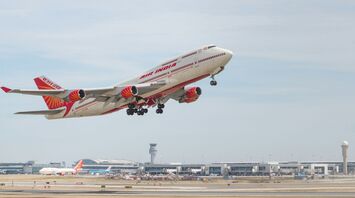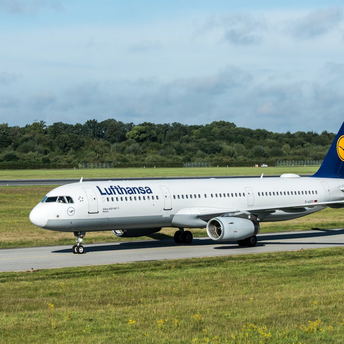Air India Launches AirTag Support for Smarter Luggage Tracking

Air India has integrated full Apple AirTag functionality into its digital baggage tracking system across Asia, opening another new front to compete with carriers in the region. Passengers using iPhones, iPads, or Macs with the latest software can now track their checked baggage directly through the Air India mobile app or website. The system works in real time so travelers have real time visibility of their check-in to arrival luggage status.
If a bag is not delivered as expected, at the airport passengers can file an airport and get a Property Irregularity Report (PIR) for it. This makes them able to share the real time location of their AirTag via Apple's "Find My" App and associate it with the PIR through Air India digital channels. This allows airline staff to locate and retrieve the luggage faster, using precise location data rather than relying solely on internal airport tracking systems.
This marks a major improvement in managing lost baggage situations. The integration not only speeds up the recovery process but also reduces anxiety during long or multi-stop journeys. Being able to share the exact location of a missing item with the airline shortens wait times and minimizes uncertainty. In high-stress travel situations like connections and mixed terminals this feature would make all the difference.
The feature also enhances overall confidence in the travel process. By pairing AirTag data with automatic status updates via the app’s "My Trips" section or through baggage tag scanning, passengers gain full insight into where their items are at each stage of the journey. This dual tracking capability adds transparency and personalization to the flying experience that has historically been uncertain and unseen for customers.
As global travel evolves to become more convoluted, Air India adds AirTag integration to give flyers more in-the-moment control on their journey. Not only can travelers help find their bags, but they can now be proactive rather than just depending on airline systems. This shift encourages a more transparent and responsive travel experience, helping reduce stress and build trust between passengers and airlines in an increasingly connected world.



















